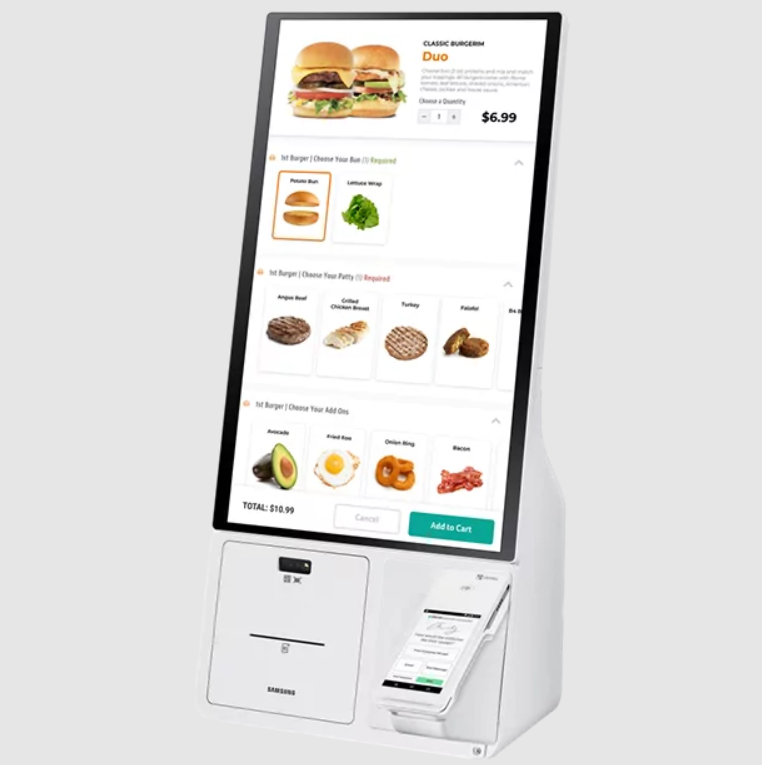Supply chain issues caused by the COVID-19 pandemic are resulting in big headaches for small businesses across the country. The COVID crisis is also at the root of this country’s worsening labor shortages that are forcing businesses to curtail their working hours and, in some cases, close their doors.
If your business is affected by too few people willing and able to come to work on a regular basis, how can you respond – and still keep your doors open? Read on to discover ten effective ways to deal with this ongoing lack of workers.
What is Causing the Labor Shortage?
While COVID-19 is ultimately the catalyst for the current labor shortage, there are actually several issues that are causing the workforce to shrink. These include:
- Continuing fear of contracting COVID-19
- Need to stay home to watch children impacted by COVID crisis
- Unwillingness to deal with increasingly belligerent customers
- Wages too low
- Increased competition for workers from other businesses
- Older workers retiring early
- Fewer foreign workers
- Reevaluation of job expectations
All of these factors combine to create a very tight labor market – and make it difficult for small businesses especially to find affordable and reliable workers.
How Can You Adapt to the Labor Shortage?
As there are several different factors causing the labor shortage, there are several different ways you can respond to the problem. Here are ten proven approaches working for other businesses.
1. Reduce the Number of Products or Services You Offer
If you can’t hire enough workers maybe you can’t offer the same assortment of products and services you used to offer. You may need to cut back on less-profitable services, such as gift wrapping or delivery, or trim slower-moving items from your product offerings.
2. Shorten Your Business Hours
Another way to adapt to a smaller workforce is to cut the number of hours you open each day. Maybe you opt to close a few hours earlier; maybe you cut out slower early-morning hours. Whatever your choice, the goal is to stretch your existing workforce by scheduling them over fewer hours.
3. Go Online or Delivery Only
If you don’t have enough staff to keep your doors open you still might be able to stay in business by eliminating all in-person options. That could mean shifting from a physical retail store to an online retail store, or dropping in-person dining in favor of all deliveries. It’s all about making the most of the staff you have left.
4. Automate Manual Processes
Depending on the business you’re in you may be able to automate some previously manual processes. For example, many fast food and fast casual restaurants are installing automated ordering kiosks, thus reducing or eliminating the need for counter help. Look at the way you do business and consider what processes you can automate and reduce your staffing needs.
5. Increase Wages
If you want to keep your doors open and continue to offer your full complement of products and services, you need to attract more workers. One sure-fire way to get potential employees lining up outside your door is to boost the wages you pay. Other businesses in your area are already offering higher wages; to attract new employees your wages have to remain competitive. The more you pay, the more people will be willing and eager to work for you.
6. Shift to Part Timers or Temps
Many workers today are unwilling or unable to commit to a lot of hours. One solution to this issue is simply to put more people on the payroll as part-timers. Depending on your business, you may also want to check out the options at local temp agencies.
7. Offer Better Benefits
If you can’t or don’t want to bump up your salaries, you may be able to attract more workers by offering better benefits. That could mean signing bonuses, paid time off, tuition reimbursement, and the like.
8. Offer Flexible Work Hours
Another popular perk that can attract more job candidates is to offer a more flexible work schedule. Because of COVID many people have increased responsibilities at home; being able to work around school and child care could make all the difference in bringing more employees on board.
9. Rethink Job Requirements
If the pool for potential employees is shallow, you may want to rethink what you’re willing to accept in terms of new employees. If you lower your expectations a little you may be able to find more qualified candidates.
10. Revamp Your Hiring Process
It used to be that you could find new employees by posting a note on local bulletin boards or placing classified ads in the local paper. In today’s digital age there are different and more effective ways to attract potential candidates. Check out the online job board sites as well as sites like Nextdoor, LinkedIn, and even Craigslist.
The Bottom Line
Dealing with a critical shortage of workers makes running your business more challenging. If you’re smart about it, however, you can find ways to either attract more workers or make your business run with fewer. (And always consult with your Higher Standards advisor for ways to make your payment processing more efficient!)









